
In today’s world of endless music access, one big question remains: does all that convenience come at the cost of sound quality?
Whether you're new to hi-fi or already deep in the hobby, you've probably wondered which format really delivers the best sound — high-resolution streaming, CDs, or good old vinyl? The answer isn't as simple as you'd think.
Let’s unpack the pros and cons of each, and help you choose what’s right for your ears and your system.
Streaming: Instant Access with Impressive Fidelity
Streaming music has never sounded better. Platforms like TIDAL, Qobuz, and Apple Music now offer CD-quality and even high-resolution audio that can rival — and in some cases outperform — physical formats.
With the right hardware, such as a Bluesound NODE, Eversolo streamers, or Naim Uniti systems, you can unlock the full potential of hi-res FLAC, WAV, or MQA files. Many modern streamers also support Roon, AirPlay, and multiroom playback, adding flexibility on top of fidelity.
But here’s the catch: not all streaming platforms offer the same quality. While TIDAL and Qobuz are geared toward audiophiles, Spotify and YouTube Music, two of the most-used services in the world, still stream compressed formats. For now, that means lower bitrates, reduced dynamic range, and less detail — no matter how good your setup is.
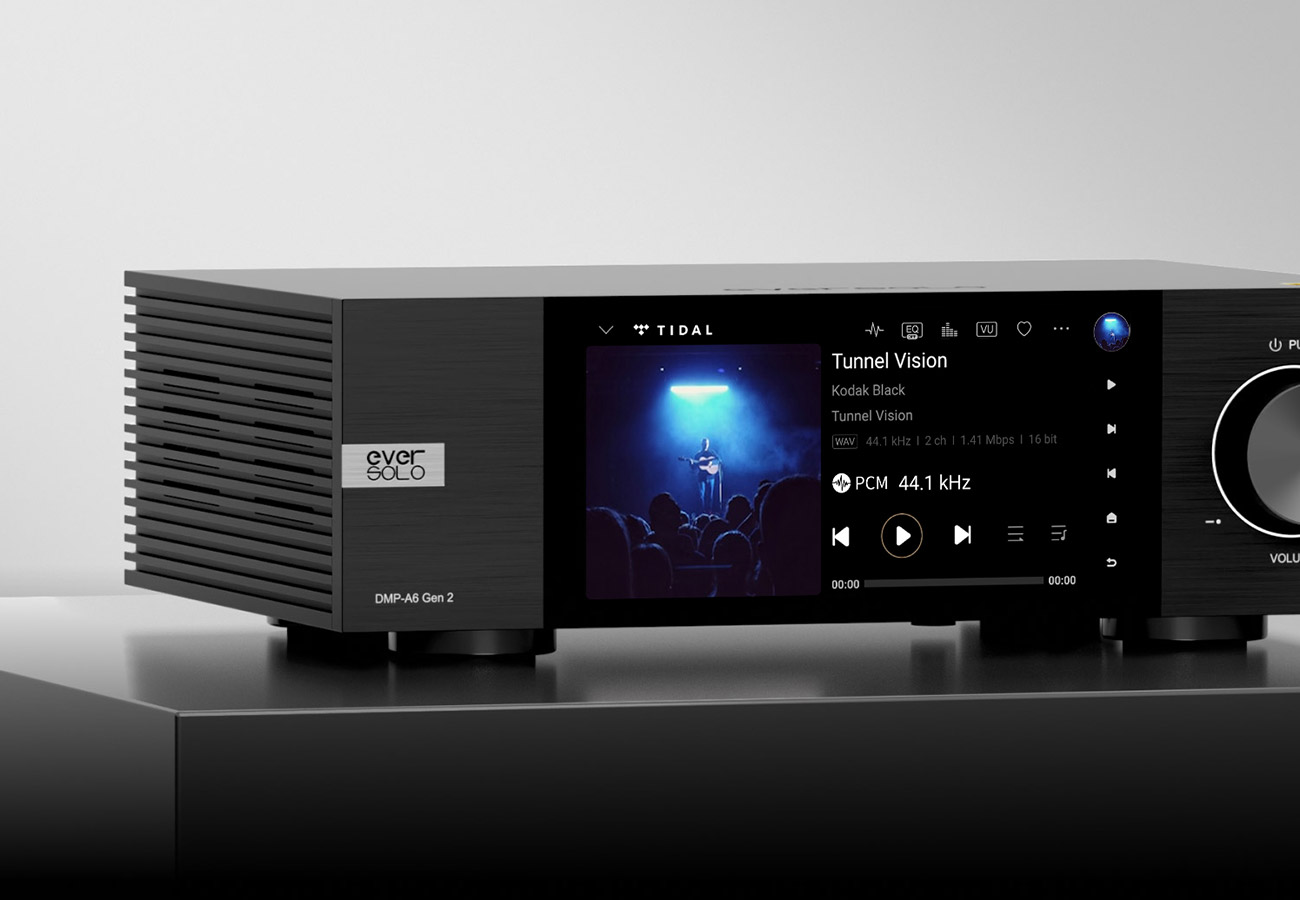

Streaming pros:
• Huge library, instantly accessible
• Bluetooth with aptX HD means better-than-CD quality streaming from your phone, tablet or laptop
• Hi-res support (on select platforms)
• Smart integration with modern hi-fi gear
• No physical storage required
Streaming cons:
• Dependent on internet quality
• Compressed formats on many platforms
• Licensing changes can remove albums suddenly
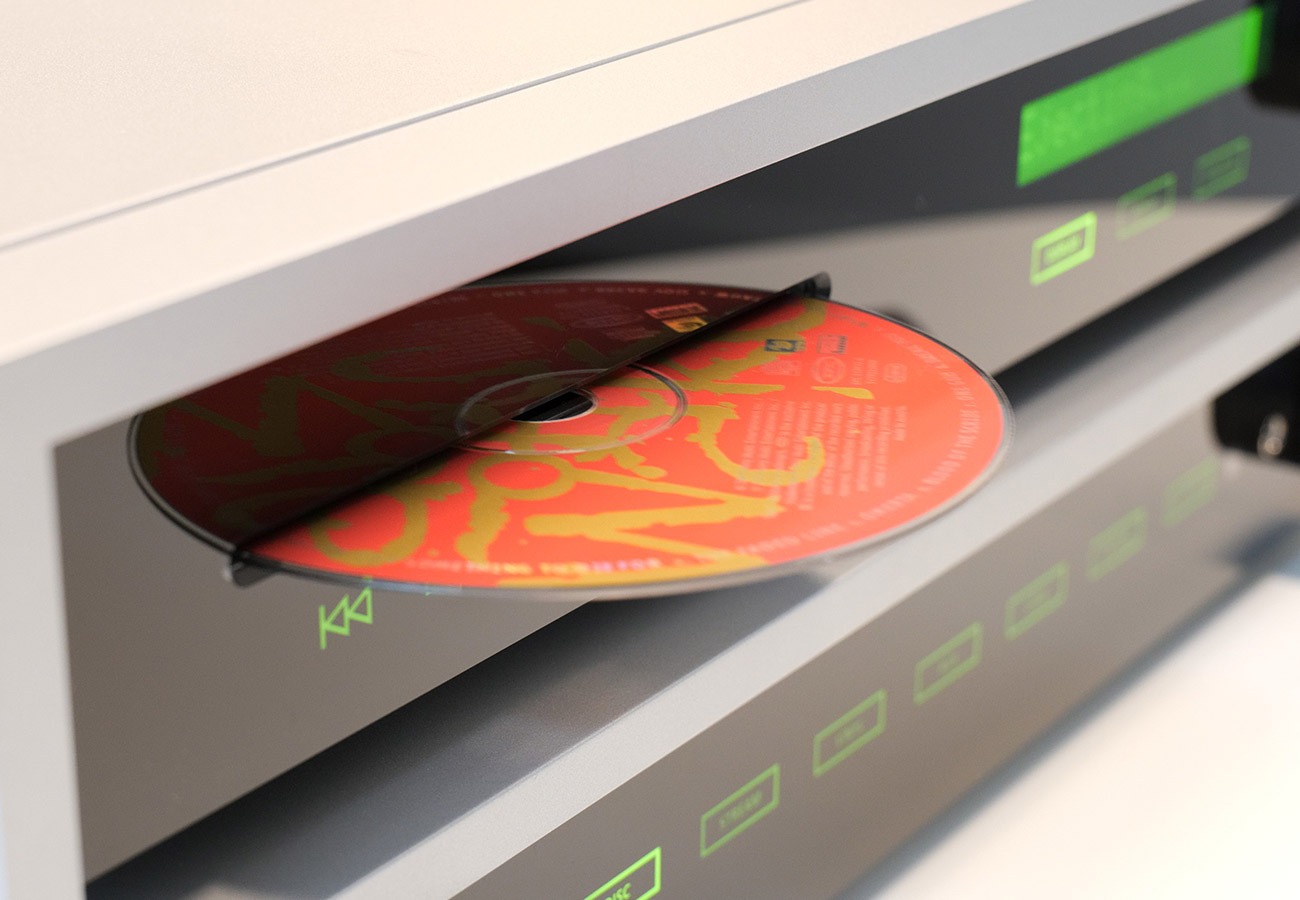

CDs: Lossless, Consistent and Underrated
CDs have quietly held their ground as a reliable format for serious listening. With uncompressed 16-bit/44.1kHz audio, they deliver consistent sound quality that doesn’t rely on bandwidth or app settings.
A well-made CD player like the Fell Disc or Marantz CD6007 can extract impressive detail and musicality, especially when paired with a good amp and speakers. CDs are also immune to sudden track removals and offer a tangible experience that streaming lacks.
CD pros:
• Reliable, consistent sound quality
• Lossless playback out of the box
• No buffering or app distractions
• Smart integration with modern hi-fi gear
• Massive second-hand market for albums
CD cons:
• Physical storage needed
• No native access to streaming libraries
• Limited resolution compared to hi-res files
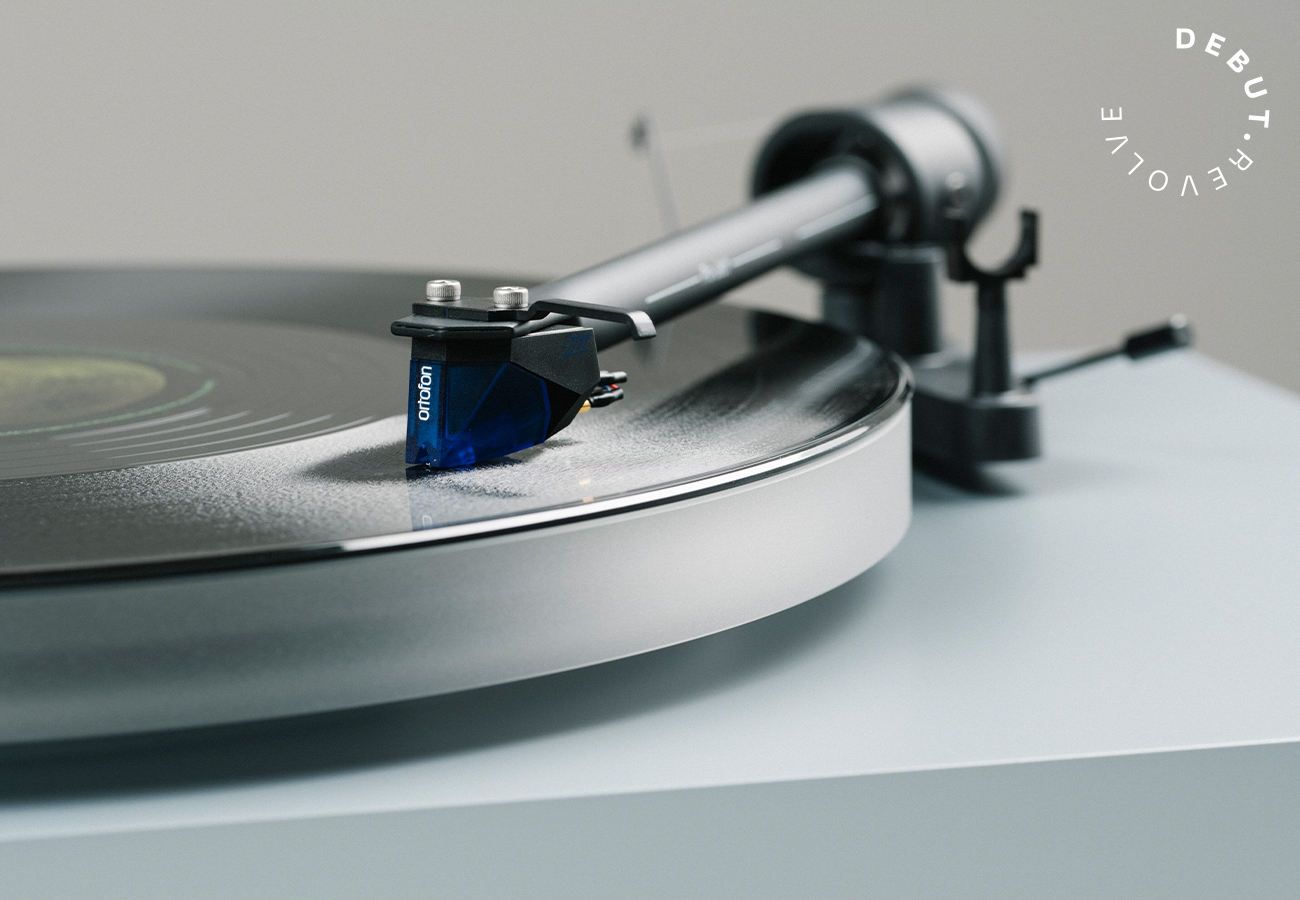

Vinyl: Analogue Warmth and Immersive Listening
Vinyl’s recent resurgence is more than a trend — for many listeners, it’s the most satisfying way to experience music. Despite technical limitations in frequency response and dynamic range, many describe the sound as warmer, more natural, and emotionally engaging.
What vinyl gives you is an experience: the ritual of selecting a record, lowering the stylus, and listening to an entire side uninterrupted. When paired with a solid turntable (like a Pro-Ject E1 or Linn LP12), a good cartridge, and a quality phono stage, it can sound stunning.
However, vinyl's sound is heavily dependent on setup. A poorly aligned cartridge or budget player can do more harm than good. And while new pressings are common, mastering and pressing quality can vary a lot.
Beyond the sound and experience, and in a world where streaming revenue can be very limited for an artist, buying a record might be a better way to directly support them.
Vinyl pros:
• Tactile and immersive experience
• Unique analogue character
• Collectability and artwork
• Encourages intentional listening
Vinyl cons:
• Susceptible to wear, dust, and distortion
• Dependent on system quality
• Mastering can vary widely
• Less convenient and portable
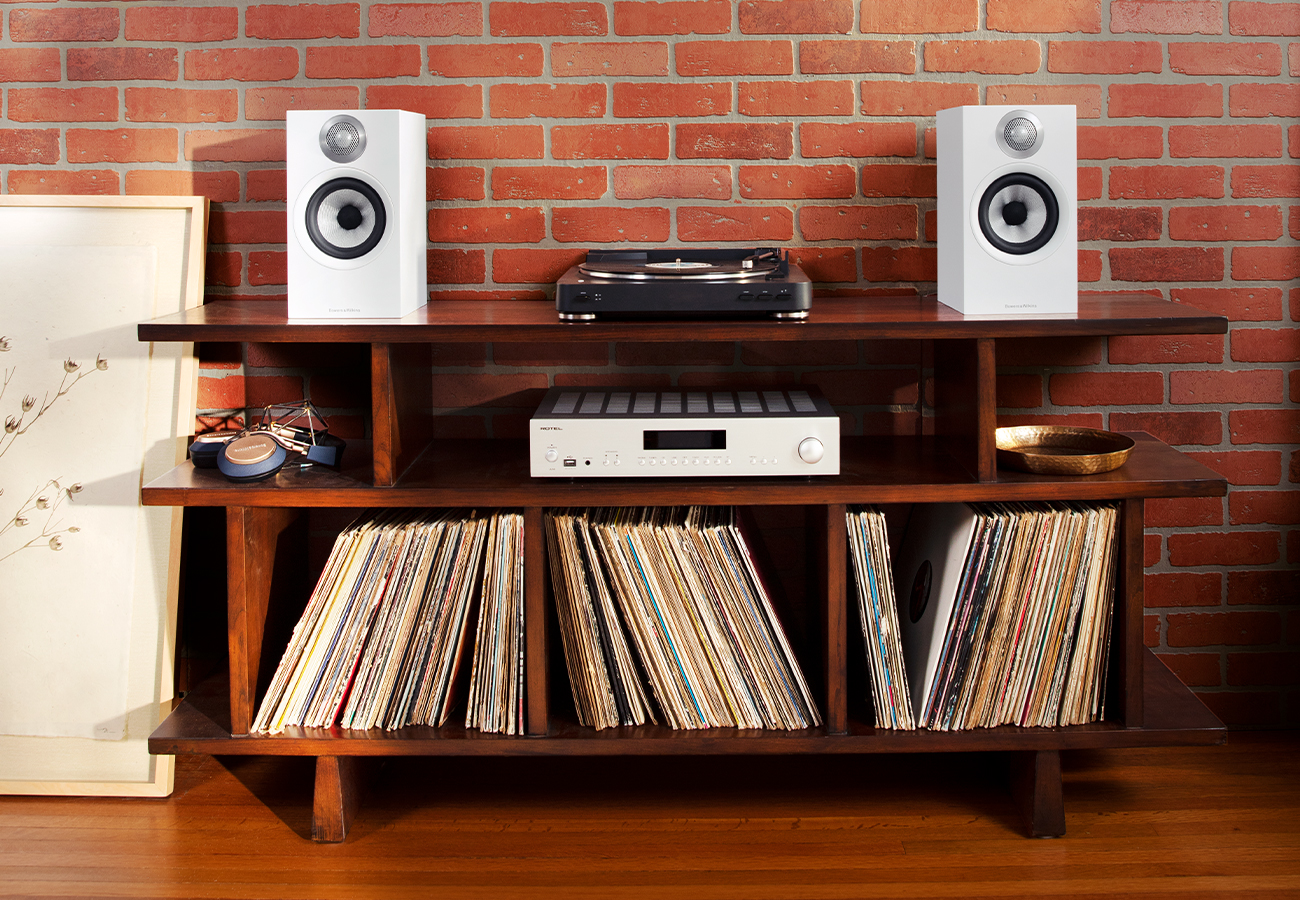

What the Specs Say (and What They Don’t)
On paper, high-resolution digital files — whether streamed or played locally — offer the highest technical quality. A 24-bit/192kHz FLAC file contains more detail than a CD, and certainly more than a vinyl groove can hold.
But that’s not the full picture. Your DAC, amplifier, speakers, and even room acoustics play a bigger role in what you actually hear. A poorly mastered high-res file can sound worse than a well-produced CD or LP.
Likewise, even the best streaming service won’t impress on budget Bluetooth speakers. Matching your source to your system matters just as much — if not more — than the file format itself.
Real-World Listening: Choose What Works for You
So, which sounds best? Here's how to think about it:
If you value convenience and want access to millions of songs without worrying about storage, streaming is a no-brainer — just choose a platform that supports CD or hi-res quality, and pair it with a proper streamer.
If you want reliable, physical playback with consistent quality, CDs still punch far above their weight. They're easy to use, widely available, and don’t require internet.
If you crave a more immersive, nostalgic, or hands-on experience, vinyl delivers something uniquely satisfying. It's about more than just sound — it’s about presence, and for some is the ultimate way to express love for an artist or specific record.
At Peter Tyson, we believe in giving you the tools to enjoy music your way. Whether you’re streaming, spinning, or slotting in a disc, it’s all about the connection between you and the sound.
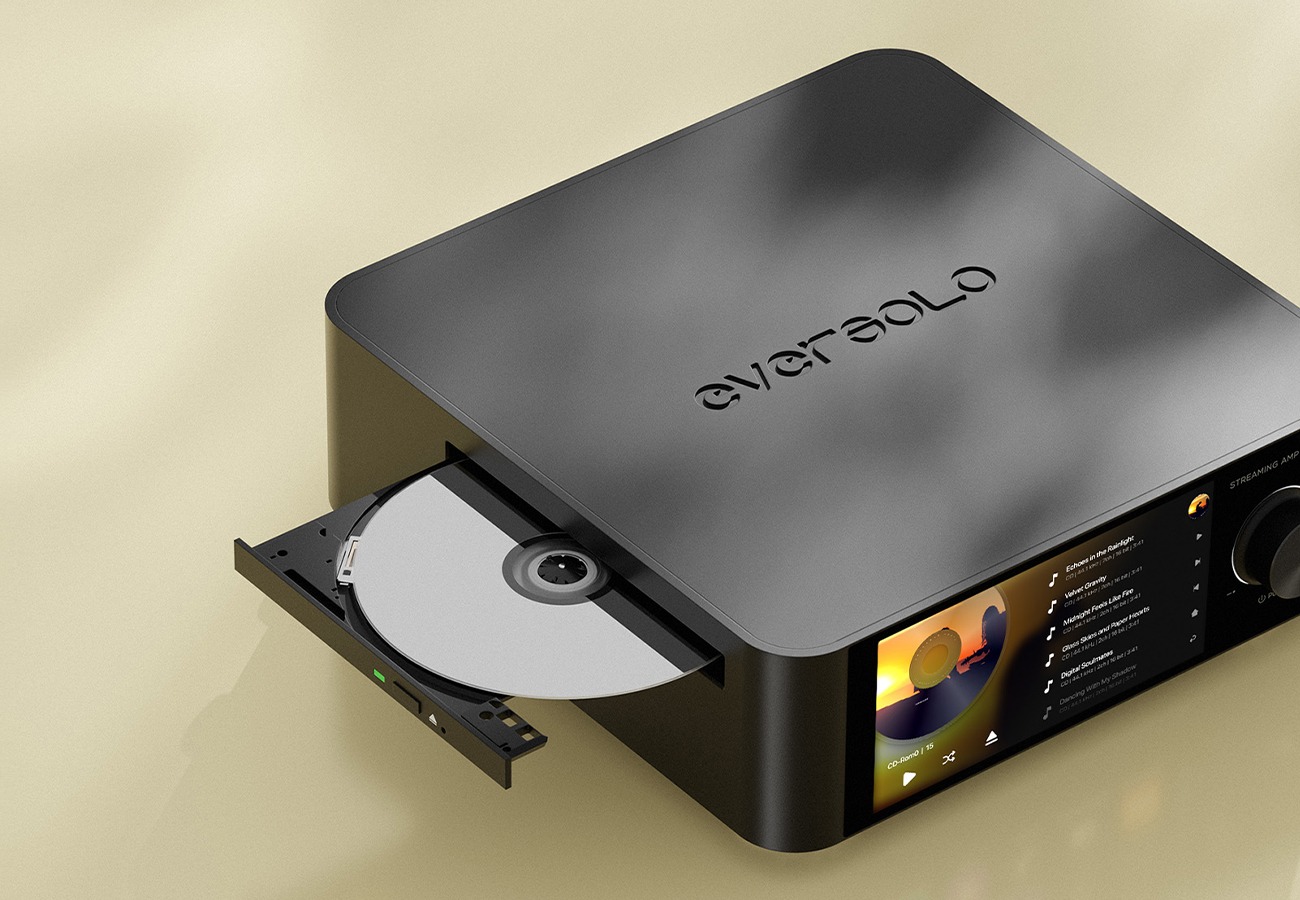

Need Help Choosing? Let’s Talk Systems
Here are a few examples of great setups for each format:
• Streaming: Eversolo Play Integrated Streaming Amplifier + Dali OBERON 3 + Qobuz subscription
• CDs: Fell Disc & Fell Amp + Bowers & Wilkins 607 S3
• Vinyl: Pro-Ject E1 + Pro-Ject Stereo Box E Amplifier + Q Acoustics 3030i
Or mix and match — many amps today combine streaming, CD transport, and vinyl inputs in a single box like the incredible Naim Uniti Star Streaming Amplifier or a super budget option like the Eversolo Play CD.
Explore Streaming and Physical Media at Peter Tyson
Whether you’re building your first system or upgrading an existing one, we’ve got expert advice, demo rooms, and the best brands in the business to help you get it right.
Come hear the difference for yourself — and decide what sounds best to you.